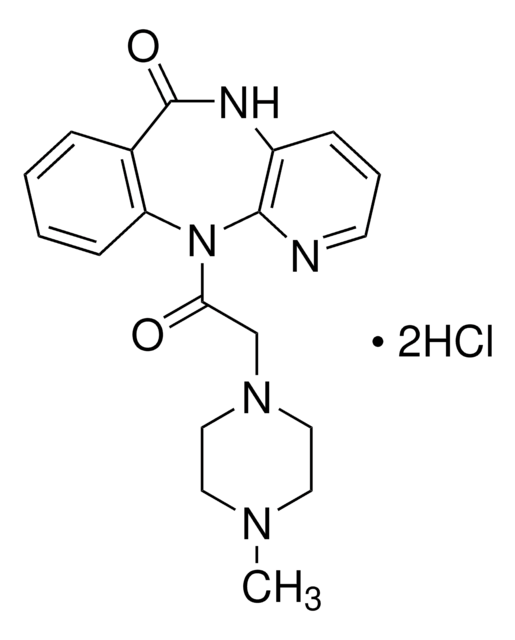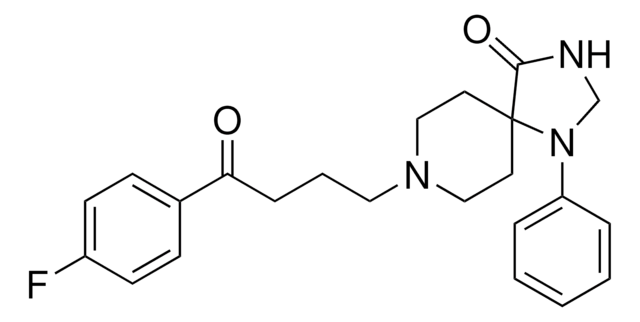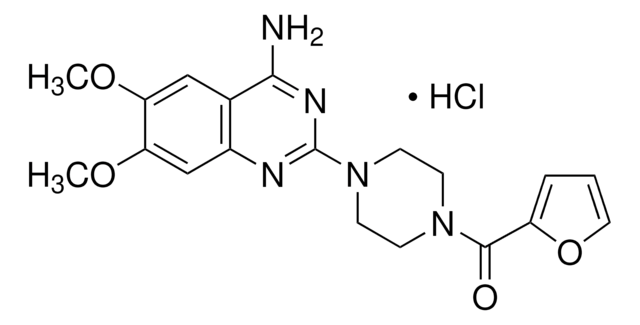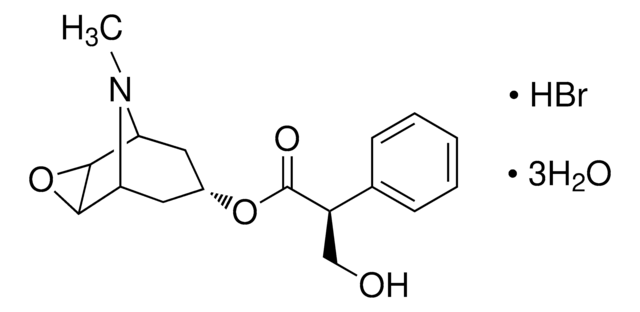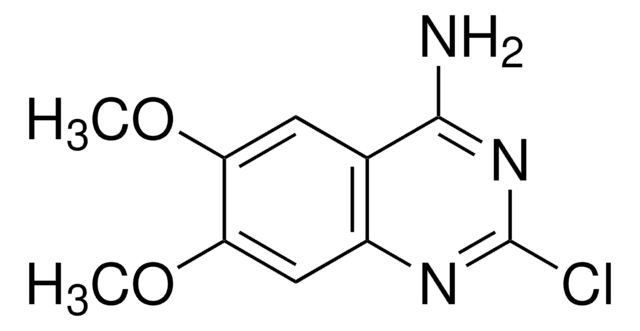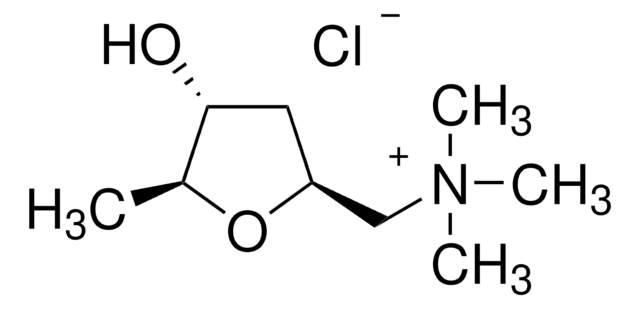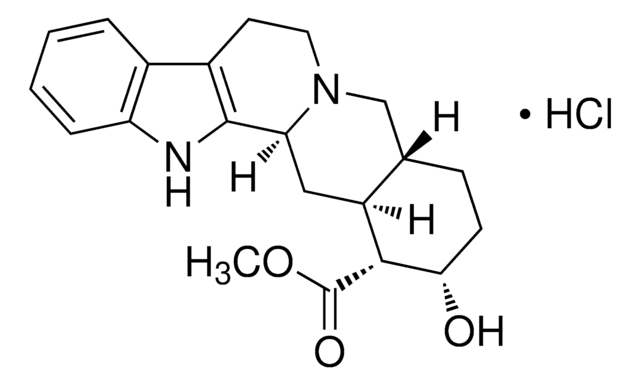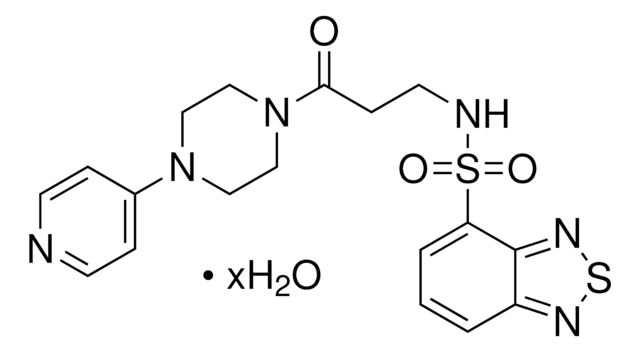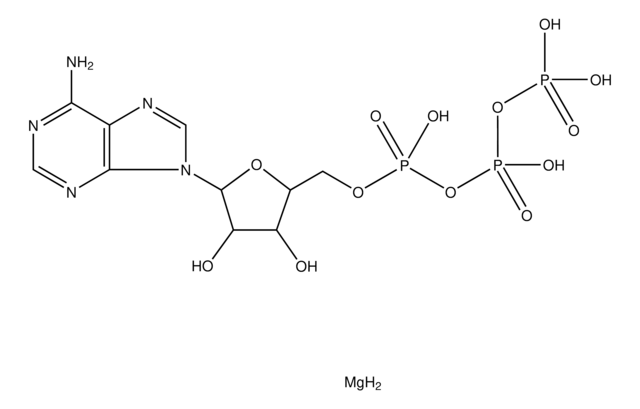T122
Telenzepine dihydrochloride hydrate
solid, ≥98% (HPLC)
Sinônimo(s):
4,9-Dihydro-3-methyl-4-[(4-methyl-1-piperazinyl)acetyl]-10H-thieno[3,4-b][1,5]benzodiazepin-10-one dihydrochloride
About This Item
Produtos recomendados
Nível de qualidade
Ensaio
≥98% (HPLC)
forma
solid
cor
white
solubilidade
H2O: >10 mg/mL
cadeia de caracteres SMILES
O.Cl.Cl.CN1CCN(CC1)CC(=O)N2c3ccccc3NC(=O)c4csc(C)c24
InChI
1S/C19H22N4O2S.2ClH.H2O/c1-13-18-14(12-26-13)19(25)20-15-5-3-4-6-16(15)23(18)17(24)11-22-9-7-21(2)8-10-22;;;/h3-6,12H,7-11H2,1-2H3,(H,20,25);2*1H;1H2
chave InChI
HZWCRPGARSMPNS-UHFFFAOYSA-N
Informações sobre genes
human ... CHRM1(1128)
Aplicação
Ações bioquímicas/fisiológicas
Características e benefícios
Código de classe de armazenamento
11 - Combustible Solids
Classe de risco de água (WGK)
WGK 3
Ponto de fulgor (°F)
Not applicable
Ponto de fulgor (°C)
Not applicable
Equipamento de proteção individual
Eyeshields, Gloves, type N95 (US)
Certificados de análise (COA)
Busque Certificados de análise (COA) digitando o Número do Lote do produto. Os números de lote e remessa podem ser encontrados no rótulo de um produto após a palavra “Lot” ou “Batch”.
Já possui este produto?
Encontre a documentação dos produtos que você adquiriu recentemente na biblioteca de documentos.
Os clientes também visualizaram
Nossa equipe de cientistas tem experiência em todas as áreas de pesquisa, incluindo Life Sciences, ciência de materiais, síntese química, cromatografia, química analítica e muitas outras.
Entre em contato com a assistência técnica